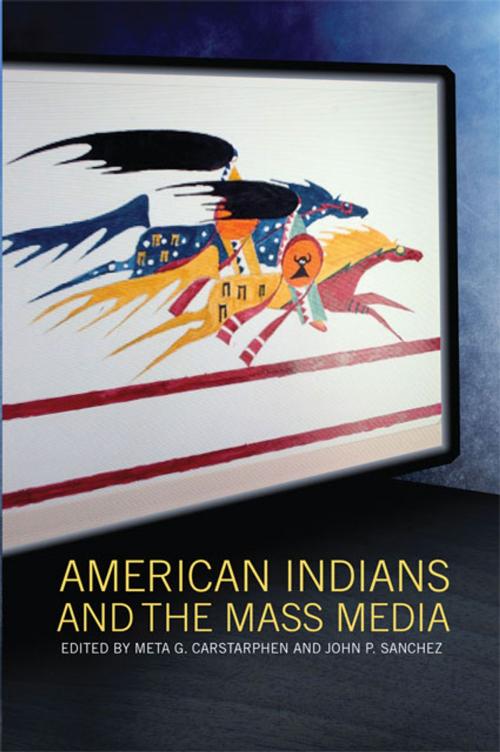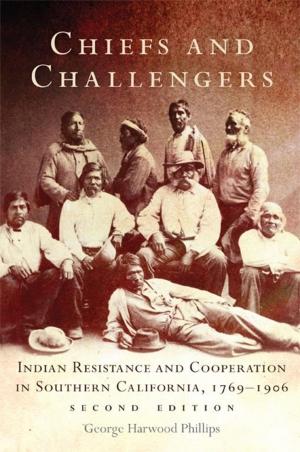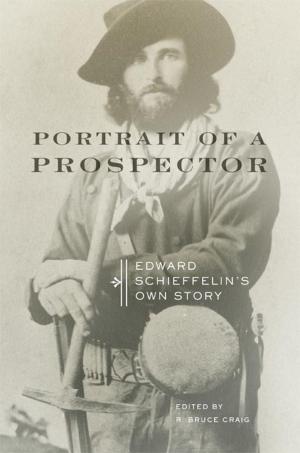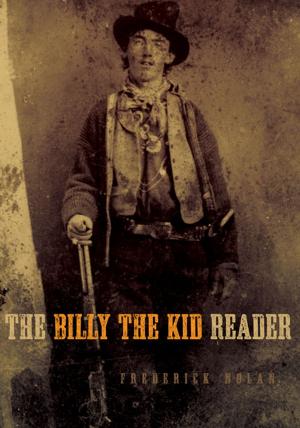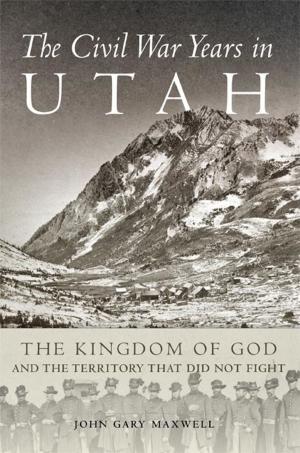American Indians and the Mass Media
Nonfiction, Social & Cultural Studies, Social Science, Cultural Studies, Native American Studies, History, Americas, Native American| Author: | ISBN: | 9780806185101 | |
| Publisher: | University of Oklahoma Press | Publication: | October 1, 2012 |
| Imprint: | University of Oklahoma Press | Language: | English |
| Author: | |
| ISBN: | 9780806185101 |
| Publisher: | University of Oklahoma Press |
| Publication: | October 1, 2012 |
| Imprint: | University of Oklahoma Press |
| Language: | English |
Mention “American Indian,” and the first image that comes to most people’s minds is likely to be a figment of the American mass media: A war-bonneted chief. The Land O’ Lakes maiden. Most American Indians in the twenty-first century live in urban areas, so why do the mass media still rely on Indian imagery stuck in the eighteenth and nineteenth centuries? How can more accurate views of contemporary Indian cultures replace such stereotypes? These and similar questions ground the essays collected in American Indians and the Mass Media, which explores Native experience and the mainstream media’s impact on American Indian histories, cultures, and communities.
Chronicling milestones in the relationship between Indians and the media, some of the chapters employ a historical perspective, and others focus on contemporary practices and new technologies. All foreground American Indian perspectives missing in other books on mass communication. The historical studies examine treatment of Indians in America’s first newspaper, published in seventeenth-century Boston, and in early Cherokee newspapers; Life magazine’s depictions of Indians, including the famous photograph of Ira Hayes raising the flag at Iwo Jima; and the syndicated feature stories of Elmo Scott Watson. Among the chapters on more contemporary issues, one discusses campaigns to change offensive place-names and sports team mascots, and another looks at recent movies such as Smoke Signals and television programs that are gradually overturning the “movie Indian” stereotypes of the twentieth century.
Particularly valuable are the essays highlighting authentic tribal voices in current and future media. Mark Trahant chronicles the formation of the Native American Journalists Association, perhaps the most important early Indian advocacy organization, which he helped found. As the contributions on new media point out, American Indians with access to a computer can tell their own stories—instantly to millions of people—making social networking and other Internet tools effective means for combating stereotypes.
Including discussion questions for each essay and an extensive bibliography, American Indians and the Mass Media is a unique educational resource.
Mention “American Indian,” and the first image that comes to most people’s minds is likely to be a figment of the American mass media: A war-bonneted chief. The Land O’ Lakes maiden. Most American Indians in the twenty-first century live in urban areas, so why do the mass media still rely on Indian imagery stuck in the eighteenth and nineteenth centuries? How can more accurate views of contemporary Indian cultures replace such stereotypes? These and similar questions ground the essays collected in American Indians and the Mass Media, which explores Native experience and the mainstream media’s impact on American Indian histories, cultures, and communities.
Chronicling milestones in the relationship between Indians and the media, some of the chapters employ a historical perspective, and others focus on contemporary practices and new technologies. All foreground American Indian perspectives missing in other books on mass communication. The historical studies examine treatment of Indians in America’s first newspaper, published in seventeenth-century Boston, and in early Cherokee newspapers; Life magazine’s depictions of Indians, including the famous photograph of Ira Hayes raising the flag at Iwo Jima; and the syndicated feature stories of Elmo Scott Watson. Among the chapters on more contemporary issues, one discusses campaigns to change offensive place-names and sports team mascots, and another looks at recent movies such as Smoke Signals and television programs that are gradually overturning the “movie Indian” stereotypes of the twentieth century.
Particularly valuable are the essays highlighting authentic tribal voices in current and future media. Mark Trahant chronicles the formation of the Native American Journalists Association, perhaps the most important early Indian advocacy organization, which he helped found. As the contributions on new media point out, American Indians with access to a computer can tell their own stories—instantly to millions of people—making social networking and other Internet tools effective means for combating stereotypes.
Including discussion questions for each essay and an extensive bibliography, American Indians and the Mass Media is a unique educational resource.
